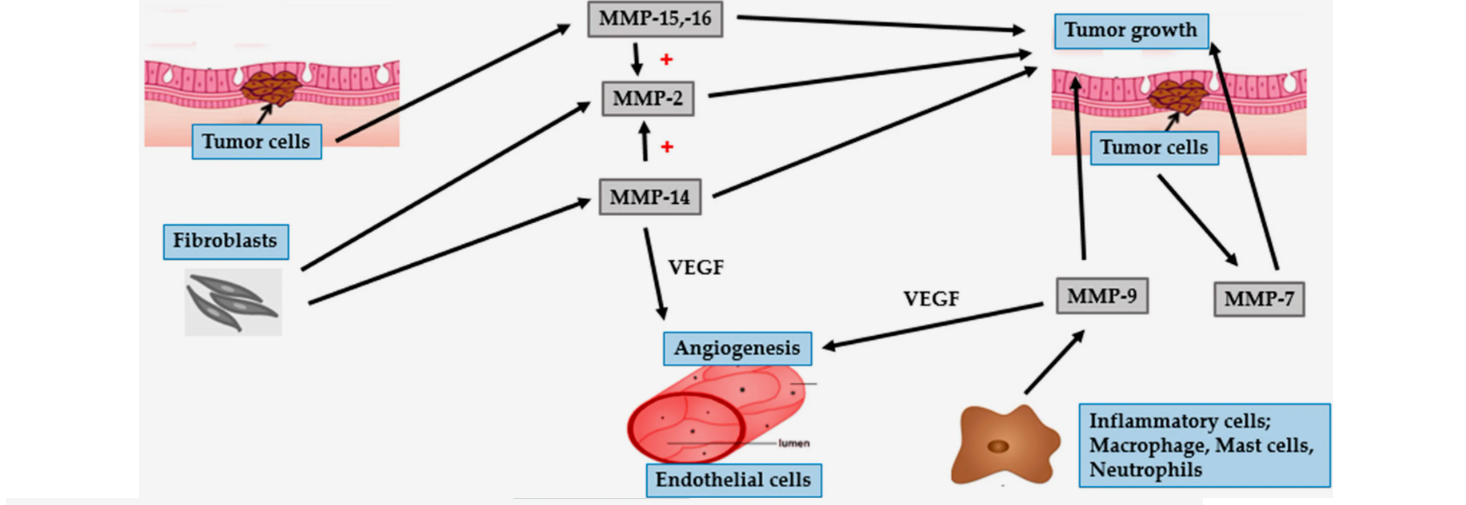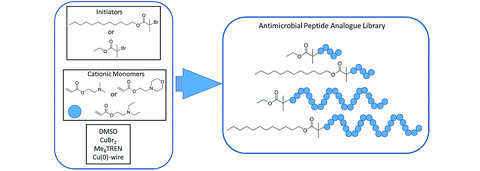Matrix metalloproteinases (MMPs) are a family of extracellular enzymes that play a crucial role in physiological processes, including tissue remodeling and wound healing. However, overactivation of MMPs is associated with various pathological conditions, including cancer, cardiovascular diseases, and inflammation. Chelators that specifically target MMPs have emerged as a promising approach to developing selective and effective inhibitors that mitigate MMP-mediated diseases. In this article, we will explore the Chelators Targeting Matrix Metalloproteinases Library and their potential for developing novel therapeutic interventions.
Understanding MMPs and Chelation:
MMPs are zinc-dependent proteases that cleave various substrates in the extracellular matrix (ECM), including collagen, elastin, and proteoglycans. Chelation is a process that involves binding metal ions to a specific ligand, in this case, MMPs. Chelators can inhibit MMP activity by binding to the metal ion in the enzyme’s active site, preventing substrate cleavage. Importantly, chelators can offer selectivity by targeting specific MMPs.
Chelators Targeting Matrix Metalloproteinases Library:
The Chelators Targeting Matrix Metalloproteinases Library comprises a collection of small molecules designed to selectively target MMPs. These chelators are developed using computational modeling, structure-activity relationship analysis, and optimization techniques to enhance potency, selectivity, and pharmacokinetic properties. The library offers a valuable resource for researchers seeking to develop novel MMP inhibitors for a wide range of diseases.
Applications of MMP Chelation:
Targeting MMPs with chelators is an attractive strategy for developing selective and effective therapies for various diseases. In cancer, MMP overexpression contributes to ECM degradation and invasion, promoting tumor progression and metastasis. Selective inhibition of MMPs with chelators can mitigate these effects, providing a potential avenue for cancer therapy. Similarly, MMP activation has been implicated in cardiovascular diseases, neurological disorders, and inflammatory conditions. Selective inhibition of MMPs with chelators can potentially attenuate disease pathogenesis in these settings.
Challenges and Future Directions:
Developing selective and potent MMP chelators presents several challenges. Achieving selectivity among the MMP family members is crucial, given the high homology among the various isoforms. Additionally, understanding the intricate regulation of MMP expression and activity and their interactions with the ECM requires further investigation. The Chelators Targeting Matrix Metalloproteinases Library provides a foundation for future research and optimization efforts to address these challenges.
Conclusion:
The Chelators Targeting Matrix Metalloproteinases Library offers a valuable resource for researchers seeking to develop selective and potent MMP inhibitors for therapeutic applications. Targeting MMPs with chelators represents a promising avenue for developing novel therapies for various diseases, including cancer and cardiovascular diseases. As research in MMP chelation continues to progress, the Chelators Targeting Matrix Metalloproteinases Library plays a crucial role in advancing therapeutic interventions and ultimately improving patient outcomes.



